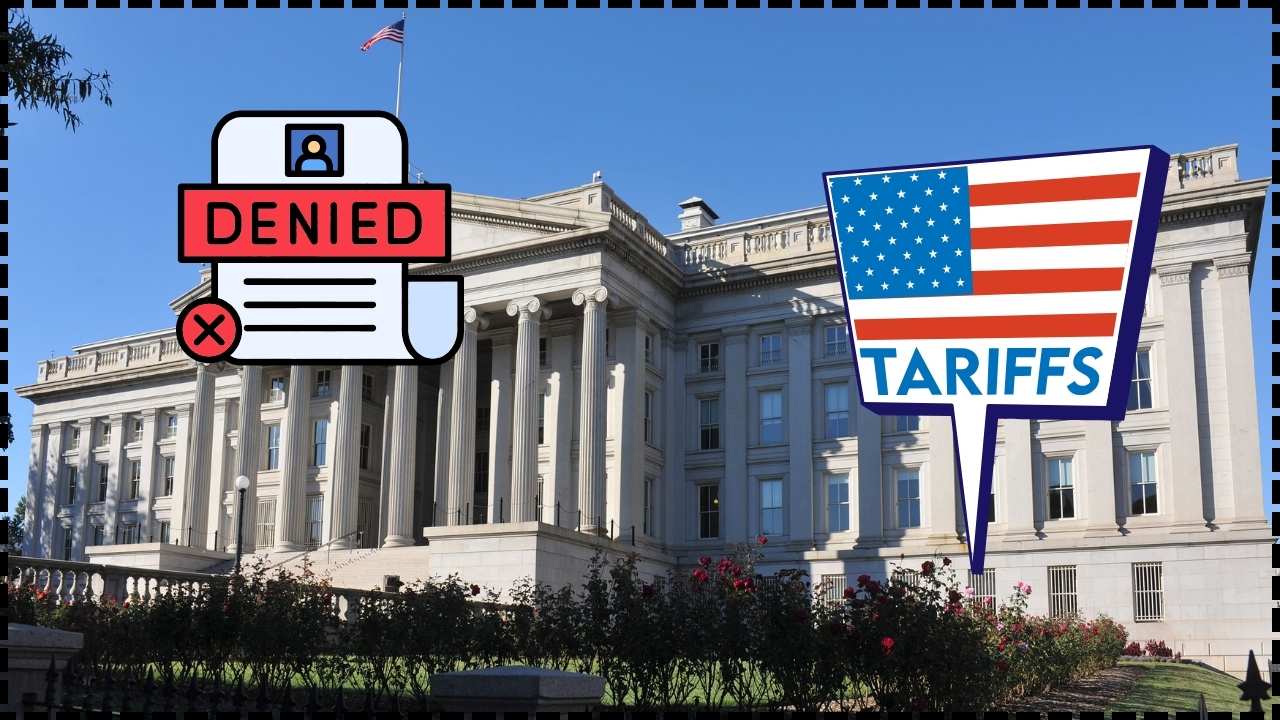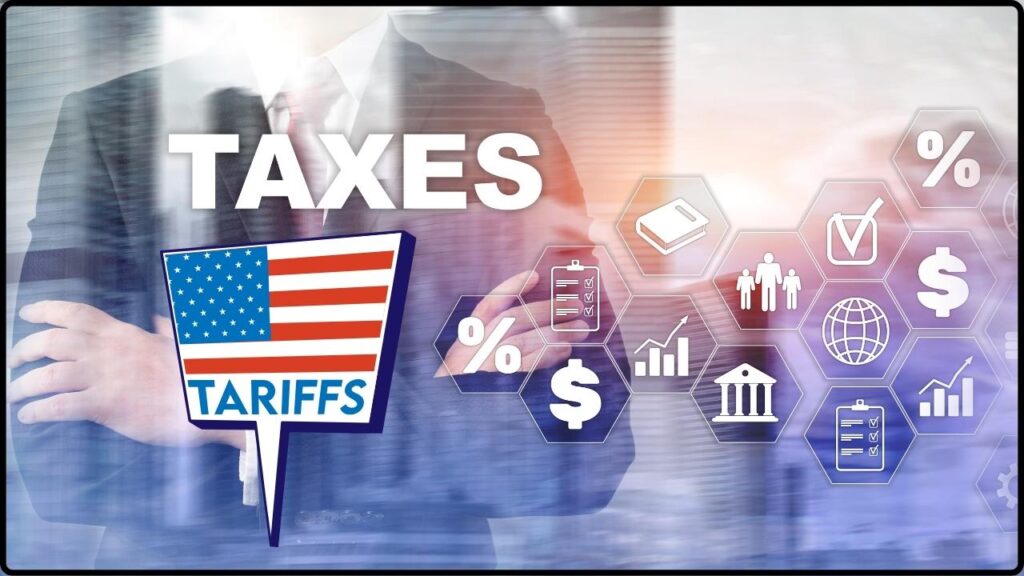
Digital Services Tax: If you’ve been following international news lately, you’ve likely heard about the Digital Services Tax (DST). It’s not just some obscure policy—it’s right at the center of a brewing global showdown. Former U.S. President Donald Trump has been threatening new tariffs against countries that enforce these taxes, and the dispute could have ripple effects on trade, consumers, and the future of the digital economy. So, what is the Digital Services Tax, why do some countries love it, and why does Trump hate it? Let’s break it down in simple terms, but also dive deep enough that business leaders and professionals can walk away with actionable insights.
Digital Services Tax
The Digital Services Tax (DST) is more than just a technical tax policy—it’s a flashpoint in global trade and politics. For Europe and others, it’s about fairness, sovereignty, and reining in Big Tech. For the U.S.—and particularly Donald Trump—it’s a discriminatory policy that threatens American companies and jobs. The fight over DST reflects a larger battle: who controls the digital economy and how it should be taxed. Whether you’re a consumer worried about higher prices, a business planning ad budgets, or a policymaker navigating global trade, understanding DST is crucial.
| Topic | Details |
|---|---|
| Definition | A tax on gross revenues (not profits) of digital companies operating in a country. |
| Who’s taxed? | Tech giants like Google, Meta, Apple, Amazon, and other multinationals. |
| Examples | France: 3% DST; UK: 2% DST; Italy & Spain: 3%; Canada (scrapped): 3%. |
| Why controversial? | U.S. argues it unfairly targets American firms; Europe claims it ensures fairness. |
| Trump’s response | Tariff threats, sanctions, and proposed export restrictions. |
| Impact so far | Canada dropped its DST; EU countries remain firm. |
| Revenue raised | Global DST collections estimated at $5–6 billion annually (OECD). |
| Future outlook | OECD pushing for a global tax framework to replace DST patchworks. |
What Is the Digital Services Tax (DST)?
At its core, DST is a special tax that targets revenue, not profit. This is key. Traditional corporate taxes are based on profits, but because digital companies often shift profits through subsidiaries in low-tax countries (like Ireland or Luxembourg), governments struggle to collect their share.
DST solves this by taxing gross revenues generated within a country. For example:
- If Google sells ads in France worth $100 million, France collects 3% whether or not Google shows a profit there.
- If Amazon runs its marketplace in the UK, it pays 2% of those revenues to London, regardless of whether its books show profits locally.
In other words, DST is like a toll booth for digital business—if you’re making money from a country’s users, you pay up.
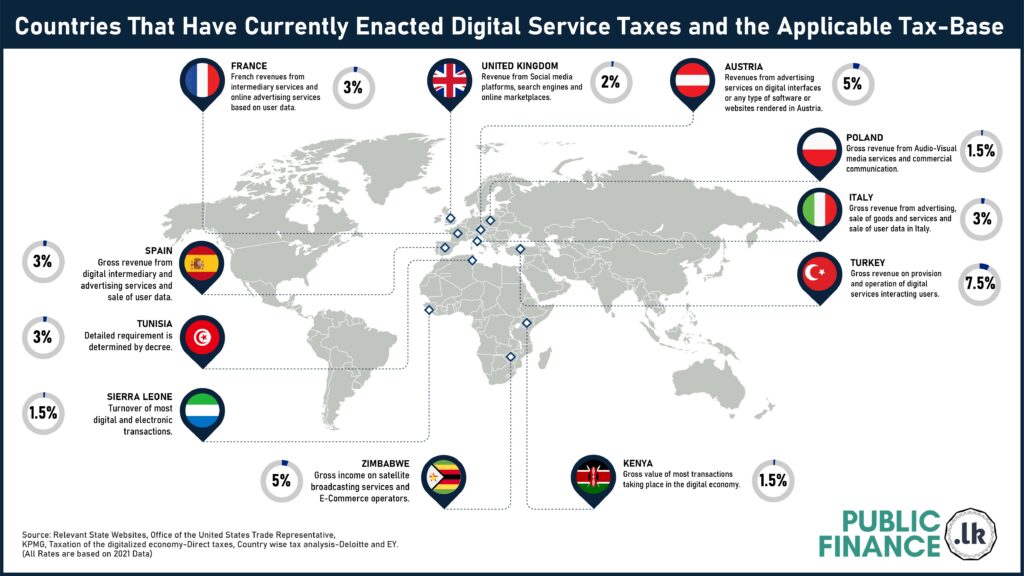
A Brief History of DST
- 2019: France pioneers DST, collecting a 3% levy on revenues from online ads, marketplaces, and digital services.
- 2019–2020: Trump’s administration launches investigations under Section 301 of the Trade Act, labeling DST “discriminatory.” Tariff threats quickly follow.
- 2020–2021: Other European countries, including the UK, Italy, and Spain, introduce their own DSTs. Tech giants respond by raising ad prices.
- 2021: The OECD’s Inclusive Framework proposes a global tax deal—setting a 15% minimum corporate tax and a system to tax companies where they generate revenue.
- 2024–2025: Implementation stalls. Canada introduces its DST but scraps it in 2025 after Trump threatens tariffs. The EU doubles down, insisting DSTs remain until a global deal is fully active.
This back-and-forth shows how DST has become more than a tax—it’s a bargaining chip in global trade politics.
Why Countries Support Digital Services Tax?
Governments around the world argue that DST is about fairness and sovereignty.
- Leveling the playing field: Local businesses pay corporate taxes, while tech giants avoid them. DST closes that gap.
- Revenue boost: France collects over €400 million annually from DST. Globally, estimates suggest DSTs have raised $5–6 billion per year since 2020.
- Digital sovereignty: Europe and others believe they should be able to tax economic activity generated within their borders, even if the companies are American.
Without DST, countries risk losing billions in untaxed income every year—money that could fund schools, healthcare, or infrastructure.
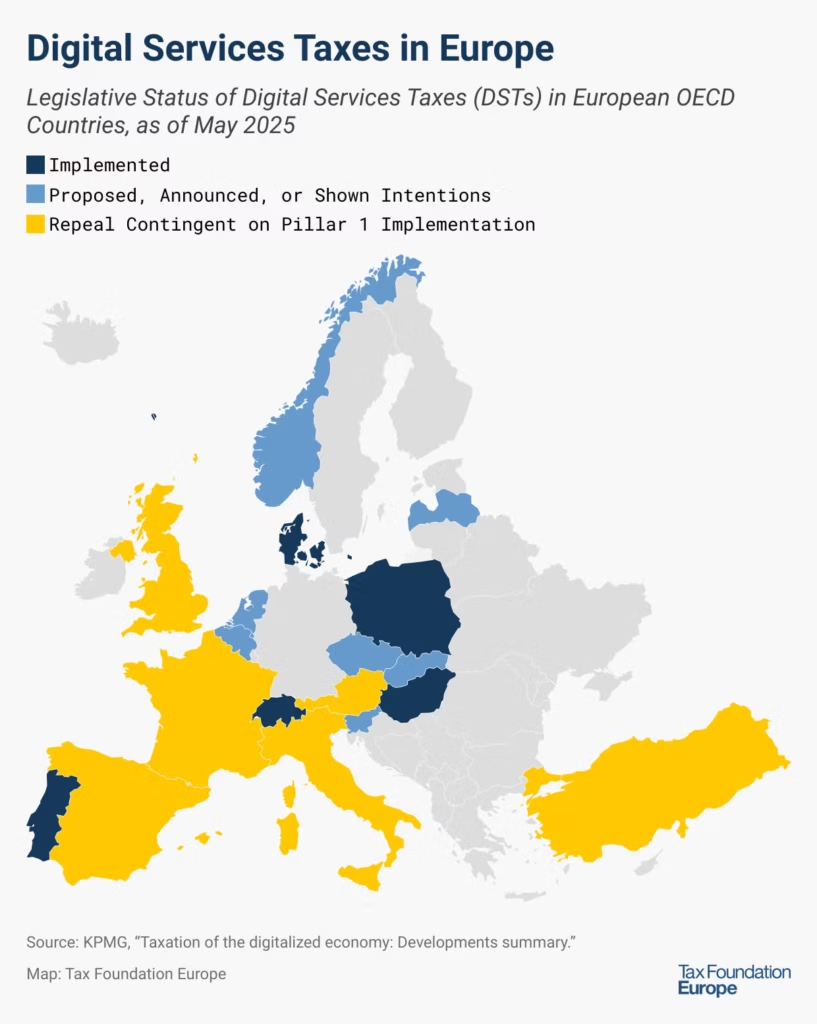
Why Trump and the U.S. Oppose DST?
The U.S. views DST through a different lens. Since most global digital giants are American companies, DST looks like a targeted attack. Trump has framed it as:
- Discriminatory policy: DSTs almost exclusively impact U.S. firms like Google, Apple, Meta, and Amazon.
- Unfair competition: Chinese or domestic firms in Europe often escape the tax.
- Economic threat: Billions in additional taxes could cut into U.S. companies’ global profits and competitiveness.
In response, Trump has threatened and sometimes implemented tariffs. His administration has also floated ideas like restricting tech exports or even sanctioning EU officials involved in pushing DST and related regulations like the Digital Services Act (DSA) and Digital Markets Act (DMA).
Case Study: Canada’s DST Reversal
In 2024, Canada introduced a 3% DST targeting companies earning over €750M globally and CA$20M in Canada. But when Trump warned of tariffs on Canadian goods, Ottawa quickly abandoned the plan.
This reversal was celebrated by U.S. tech companies, which saved billions in potential taxes. But it also showed how much leverage the U.S. holds in trade disputes—smaller countries often cannot withstand tariff pressure.
How Companies React to DST?
When governments tax Big Tech, these firms rarely eat the costs—they pass them down.
- Google: Increased ad rates in the UK and France by 2% in 2020 to offset DST.
- Amazon: Raised seller fees in France after DST was introduced, squeezing small merchants.
- Apple: Adjusted App Store commissions in markets with DST, impacting app developers.
This means DST doesn’t just hit tech giants—it trickles down to small businesses, advertisers, and even consumers.
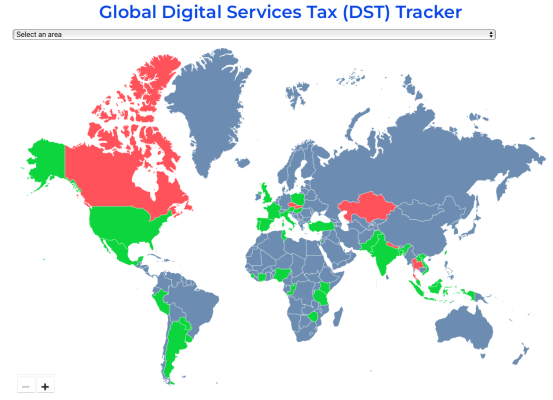
Impact on Businesses and Consumers
The effects are broad:
- Businesses: Higher ad and marketplace costs, which could reduce margins or force price increases.
- Consumers: Costs often get passed down, leading to more expensive subscriptions, apps, or products.
- Professionals: Marketers, consultants, and IT specialists must stay alert to changing costs and compliance requirements.
- Governments: While DST raises revenue, it risks triggering trade disputes that could hurt other sectors.
For instance, if Trump imposes tariffs on French wine or German cars in retaliation, industries far outside tech could pay the price.
U.S.–EU Clash: More Than Just Taxes
DST is just one piece of a broader puzzle. The EU has rolled out sweeping digital regulations:
- Digital Services Act (DSA): Targets illegal content, misinformation, and transparency requirements for platforms.
- Digital Markets Act (DMA): Limits how Big Tech companies can use their dominance to stifle competition.
The U.S. argues these laws, combined with DST, create a regulatory wall aimed at American companies. Europe argues it’s about protecting consumers and ensuring fair competition.
The clash represents a fight over who will set the rules of the digital age—Washington or Brussels.
Practical Guide: How DST Affects You
Consumers
Expect potential price increases on apps, ads, and subscriptions as companies pass costs down.
Small Business Owners
Budget carefully for digital advertising costs—your campaigns on Google and Meta may get pricier.
Professionals (Marketers, IT, Consultants)
Track tax policies in key markets. Shifts in digital costs could impact your budgets, strategies, and even where companies choose to invest.
Investors
Keep an eye on OECD negotiations. A global tax deal could reshape valuations for Big Tech and redefine global trade rules.
Future Outlook: Toward a Global Tax Deal
The OECD’s global framework remains the long-term solution. If implemented, it would replace DSTs with a system that fairly distributes taxation rights. But progress is slow—politics and national interests keep delaying implementation.
Until then, countries will keep pushing unilateral DSTs, and the U.S. will keep threatening retaliation. The result: a cycle of taxes, tariffs, and tension.
Income Tax Department Raids Over 10 Locations Across Tamil Nadu
Trump’s Tax Credit Shock Isn’t As Bad As Feared – Solar Stocks Surge Big



